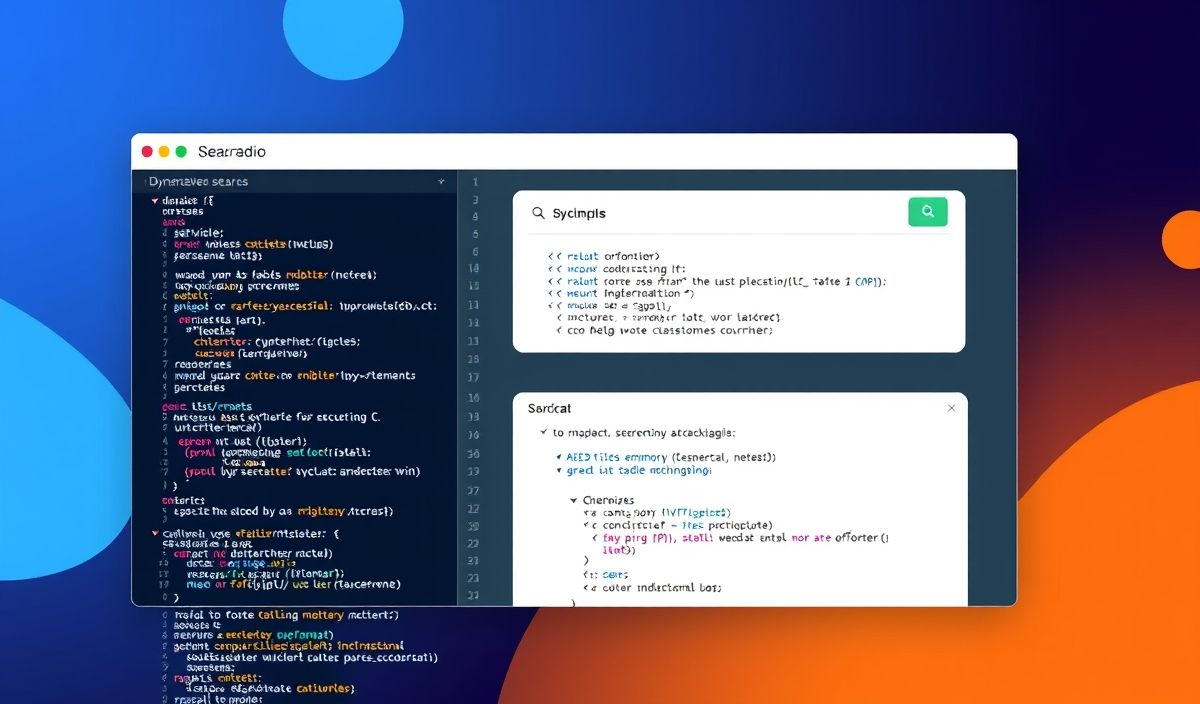Introduction to FlexSearch
FlexSearch is a powerful and efficient in-memory full-text search library for JavaScript applications. Its speed and flexibility make it a valuable tool for developers looking to enhance their applications with advanced search capabilities. In this article, we’ll introduce FlexSearch and explore its diverse range of APIs with code snippets and demos.
Creating a New Index
We start by creating a search index, which acts as a container for the data to be indexed:
const FlexSearch = require("flexsearch");
const index = new FlexSearch({
encode: "icase",
tokenize: "forward",
threshold: 0,
resolution: 3,
});
Adding Documents
To make data searchable, you’ll need to add documents to the index:
index.add(1, "The quick brown fox jumps over the lazy dog");
index.add(2, "FlexSearch is an amazing tool for searching text");
Searching the Index
Once documents are added, searching them is straightforward:
index.search("quick fox"); // Returns ["1"]
index.search("amazing tool"); // Returns ["2"]
Updating Entries
If you need to update an existing entry, you can use the update method:
index.update(1, "The quick brown fox jumps over the active dog");
Removing Entries
To remove documents from the index, use the remove method:
index.remove(2);
Using Async Methods
FlexSearch supports asynchronous methods for adding, updating, and searching:
await index.addAsync(3, "Async support is great for large datasets");
await index.searchAsync("async datasets"); // Returns ["3"]
Integrating with a Web Application
Below is a simple example showcasing a web application that uses FlexSearch to manage a list of items:
const express = require('express');
const FlexSearch = require('flexsearch');
const app = express();
const index = new FlexSearch({
encode: "icase",
tokenize: "forward",
threshold: 0,
resolution: 3,
});
// Sample data
const items = [
{ id: 1, content: "HTML for Beginners" },
{ id: 2, content: "JavaScript Basics" },
{ id: 3, content: "Advanced FlexSearch Usage" }
];
// Load data into index
items.forEach(item => index.add(item.id, item.content));
app.get('/search', async (req, res) => {
const query = req.query.q;
const results = await index.searchAsync(query);
const matchedItems = items.filter(item => results.includes(item.id.toString()));
res.json(matchedItems);
});
app.listen(3000, () => {
console.log('Server is running on port 3000');
});
This example uses Express.js to create a simple server with a search endpoint. Users can search for items by making a GET request to /search?q=your-query, and the server will return a list of matched items.
Conclusion: FlexSearch is a versatile and high-performance full-text search library that can significantly improve the search functionality of your web applications. With its easy-to-use APIs and impressive speed, you can quickly integrate powerful search features into your projects.
Hash: 6e664cad1c1b40d84dd380e30727b823aa40d8ab3bfa7bf12b0668f777ad6ca8




